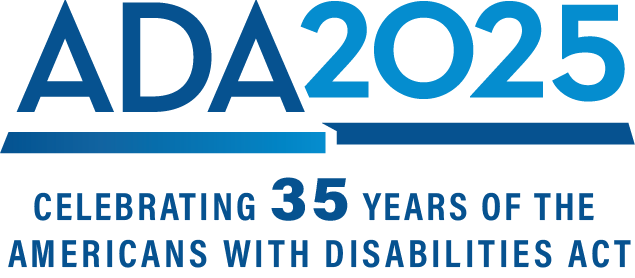Musicians with low vision have long used large-print sheet music or hands-free monoculars to read, write, and play music. Advances in technology are now creating high-tech solutions that make it easier than ever for people with low vision to access music.
One example is the Lime Lighter Music Readerdeveloped by Dancing Dots. The device displays printed music notation using the traditional five-line staff on a portable touch-screen tablet. Music can be scanned, typed, imported, or played into the device and can be edited and played back on the screen. The software enlarges printed music with up to 10x zoom while maintaining proper proportions, and a Bluetooth foot pedal enables hands-free scrolling through the music.
Through the National Institute on Disability, Independent Living, and Rehabilitation Research (NIDILRR) Small Business Innovation Research program, ACL provided funding that helped Dancing Dots develop Lime Lighter and bring it to market. The program supports the development of new ideas and projects that are useful to people with disabilities by inviting small businesses with strong research capabilities in science, engineering, or educational technology to participate.
Another Dancing Dots product supported by NIDILRR is the GOODFEEL®Music Translator, which allows users with sight to easily transcribe music into braille and allows users who are blind to print their musical ideas out in standard staff notation.

